The other day, my client and I discussed how tired she gets after going through the clutter (clothing, papers, books, etc...). Here is my take on the organizing process. Not making decisions turns into an incomplete action. Let's compare it to a little pebble that stays in your mind until the action is completed. Over time, the incomplete activities, the pebbles, start weighing on your mind. You may not know it, but all those pebbles will slow you down and not allow you to move forward and complete the actions. When you have excessive pebbles (incomplete actions), and you spend several hours making decisions and taking action (like my clients and I do in our consultations), your mind starts to feel overloaded. It is like the feeling you have a few days after you begin a restricted diet or the day after your first day at the gym in a while. You feel fatigued, and your muscles are weak. It makes you not want to do it again, ever!
Jump to:
- Cleaning the house to-do list
- Spring cleaning To-do List:
- Cleaning Complex Appliances Checklists:
- Fall Cleanout and Winterizing the Home Checklist:
- Long-Term Financial Goals List:
- Short-Term Financial Goals List:
- Subscribe
- Goals list for the year to improve yourself personally and professionally:
- Preparing for sale your home checklist:
- Moving Checklists:
- Babysitter checklist
- Planning for a party checklist:
- Traditions Checklist:
- What to do in your home list:
- Research lists:
- Packing lists for vacation:
- Checklists for hobby tasks
- Where should I store these lists?
- How should I start making a list to help reduce stress?
- Checklists for the technology person
- Checklists for the non-technology person

But wait, if you don't continue to complete actions, you WILL be embedding those pebbles in your mind. So, what can you do about it? You can make decisions and act right now when the task presents itself. Here are two ways to reduce stress in your life:
1st option: Do not start a new task or project until the previous step is completed.
2nd option: Make lists to take all those pebbles out of your mind.
If you pick number 2, there are checklists (affiliate) to reduce stress in your life and help you focus and complete the tasks at hand without too much stress. I have used these checklists (affiliate) at various times in my life. I hope they help you too.
Cleaning the house to-do list
Having a checklist (affiliate) for each room makes cleaning a no-brainer. It also enables you to stay consistent with your cleaning routine (affiliate). You can have a daily list if you want to split your cleaning duties up throughout the weekday. Or visit our other post that helps busy parents: DAILY CLEANING CHECKLIST FOR ANY BUSY PARENT. Below is an example of a checklist (affiliate) for a particular Friday.

Below are examples of what to clean each day.

Spring cleaning To-do List:
Each spring, we do some spring cleaning, but we may forget some if we don't have a list. Below is an example of the spring cleaning list. You can click on the image to get a free copy.
Cleaning Complex Appliances Checklists:
Some appliances have special cleaning requirements. For example, water softeners require a particular solution each season or at least every six months. The grill also needs special cleaning so you don't add flammable ingredients. Here's an example of my grilling (affiliate) season checklist (affiliate). Visit the post here.
Fall Cleanout and Winterizing the Home Checklist:
As we clean up the winter grime in the spring checklist (affiliate), we also need to prepare for the winter. Here's an example of a winterized checklist. Keeping a checklist (affiliate) like this in the shed (affiliate) will remind you what needs to be done before the freeze hits. You can laminate it when it is finalized so it doesn't get wet.
Long-Term Financial Goals List:
Divide this list into five-year, ten-year, and 20-year sections. It is good to update this whenever life happens or once a year. Some long-term goals could be retirement planning, debt reduction, creating an emergency fund, buying a home, buying a second home, buying a car, and paying college loans down.
Short-Term Financial Goals List:
This list is for goals that are less than a year old. It could be paying off some smaller debt or saving for a vacation later this year. If you want to organize your billing area, check out my What to Keep in Your Billing Station Checklist.
Check out our How to Make a Useful Home Management Plan and Binder ebook, which has tons of checklists (affiliate) and pages you can print out and place in a binder (affiliate). Feel free to fill out the form below and get your FREE copy. You can also see and download all our other ebooks.
Goals list for the year to improve yourself personally and professionally:
Adding goals to this list helps you focus on the big picture of life and how you want to be as a person. You can divide this list into categories like taking care of yourself, spending time with family, physical health, and mental health. You can also include work organization, productivity, and professional relationship-building goals.
Preparing for sale your home checklist:
If you are selling your home, this one is for you. What to improve the home for a move checklist Selling your home is stressful. So, writing everything down on a list to get your home ready for sale works nicely.

Moving Checklists:
You may also need a moving checklist. This one has four pages that are free to use to get your moving process started. It shows you how to keep track of stuff in the boxes (affiliate) and create a process timeline. Click on the image to visit this post.
Babysitter checklist
If you have kids, you probably have a babysitter. This checklist (affiliate) helps babysitters know all the things from the start. I've included lots of information in my post: THE PERFECT WAY TO MAKE A BABYSITTER CHECKLIST FOR PARENTS. Below is just one of the four pages in this free ebook. This section is included in my Home Management ebook.

Planning for a party checklist:
Some parties are super easy to set up, but others take some planning. Graduation, landmark birthday parties, and small weddings are examples of these types of parties. The items you need to buy for a party checklist contain several pages to help you organize a large party. Visit our complete party checklist here.

Traditions Checklist:
Keeping a list of the annual traditions helps keep the holidays less stressful. You can add this holiday checklist to a holiday binder (affiliate) and pull copies from it each year to make plans for your annual activities with the family.
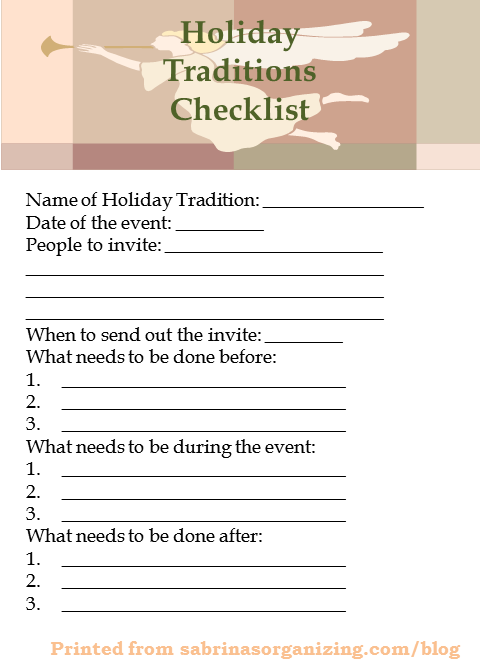
What to do in your home list:
This list could contain tasks for your existing home. You can get the complete three-page checklist here.

Research lists:
These lists would be for projects that need a little more research. It could be for possible future home projects that you need to find a contractor to do. You can create a bookmark on your browser to help yourself manage the research items.
Another option is to make a mindmap when researching future projects. It works well to mind dump your thoughts on the paper and be able to add them randomly before organizing the tasks in the proper order.
Packing lists for vacation:
These lists will help you manage what to take on vacation. If you are going on a cruise, visit this list. If you are looking to go to the shore, this checklist will work for you.
Checklists for hobby tasks
Another checklist you may have is for hobbies like converting movies to a different platform. I wrote a post and shared how to make a checklist to stay organized when converting your VHS movies to Digital; check it out here.
It's a pretty complete list of lists, right? Lol, I know it sounds like overkill having all these lists. But you usually don't do these tasks regularly. So, instead of thinking about what you need to do or completely forgetting what to do, you can refer to your list. We are adults that need to remember a lot of stuff. Why make yourself crazy remembering every task? Let's take it easy instead and do it.
Where should I store these lists?
I found that using a digital app allows you to pull it quickly and update it immediately. Look for an app that has lots of space for making lists that work great. Keep all the lists in one place. I am a fan of Evernote and Microsoft OneNote, but there are plenty of other list apps out there. Be sure you can create different lists in the app. Below are some list-building apps you can try.
Trello - There is a learning curve using this app.
Todoist - This one is on both Android and iOS.
Make a List! is on iOS and is free when I posted this article.
You can even use Google Drive, Google Sheets, or Google Docs and share the file with family members. These cloud-based services and apps work well if you have adult children who live away from home, but you want to keep the adult children informed.
How should I start making a list to help reduce stress?
There are two options I found most effective when making lists and updating them.
Checklists for the technology person
In the Microsoft OneNote app, create a tab called checklists (affiliate). Then, create a page for each list you want to make using the to-do checkbox tag. You can also assign priorities for each of the tasks in the tag section. They have options like Important, which is a star, To do Priority 1 and to do Priority 2.
Checklists for the non-technology person
Hang a large marker board or bulletin board in your home and attach all your lists. Using sticky notes, add each task to the different lists. When you need to add something to the list, place the new task on the sticky note and add it to the specific space under the list title. Don't forget to remove tasks that have already been completed! This board will be your visual reminder of what you need to do. You can use these lists in different areas of your home. For example, you could display the financial goals list in the home office.
As a grown-up, you must make time for your responsibilities. That includes taking care of yourself and your family and being responsible for your actions and decisions. Create a list that works best for you and makes you feel empowered to continue and complete your tasks. I hope this inspires you to make lists to organize your life.
Let's continue the conversation. What lists do you make often? Do you reuse your lists? Please leave a comment below. I would love to hear from you.
Please note these are affiliate links through Amazon (affiliate), and at no additional cost, I will earn affiliate fees if you decide to make a purchase.
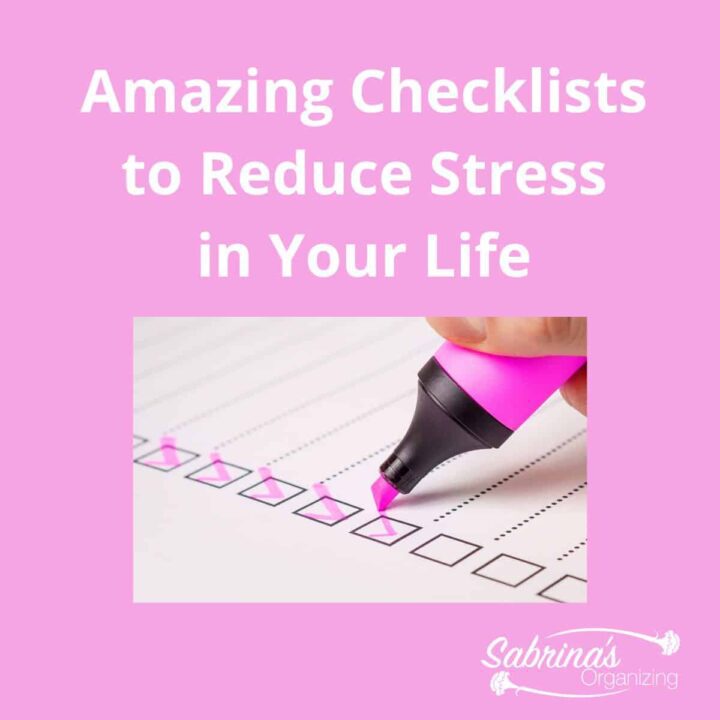

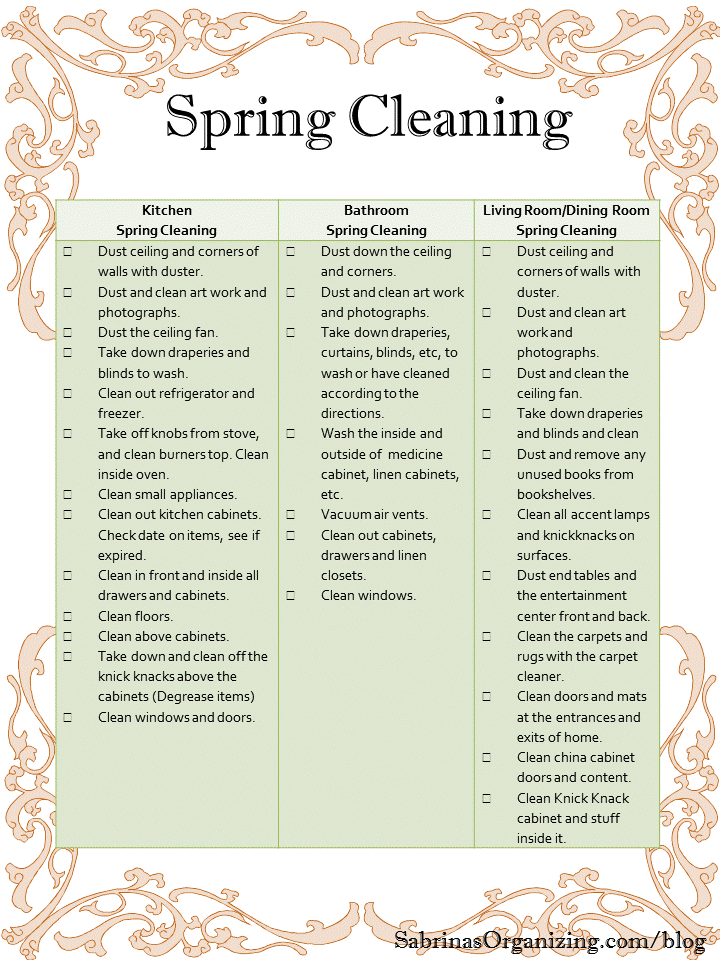
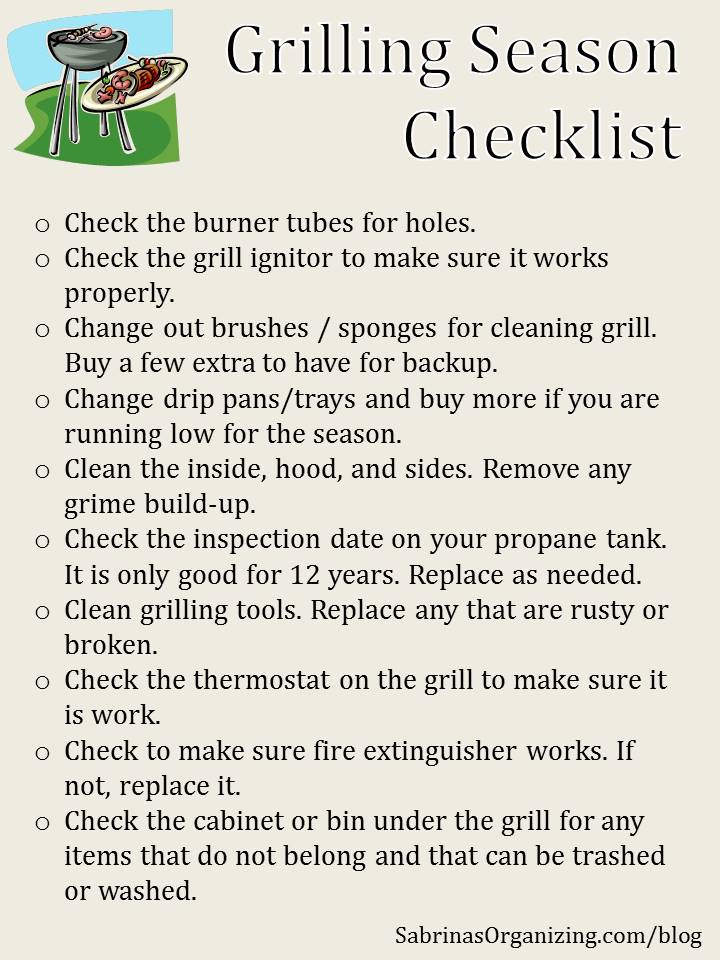




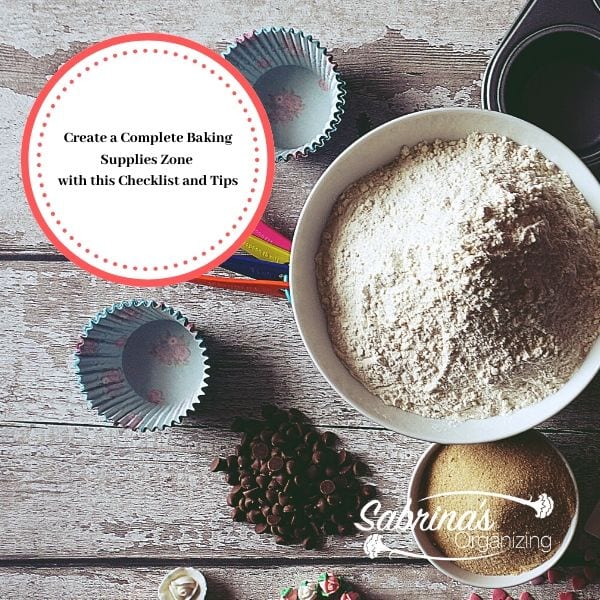


Seana Turner says
Lists are particularly useful when you are learning a new routine or how to tackle a new set of responsibilities. For example, when you move from a rented apartment into a home. I think they are also very helpful when multiple people are involved in the process. By checking off the boxes (physical or digital), everyone immediately knows what has been done and what is still outstanding!
Stacey Agin Murray says
I use Evernote to keep track of many of my check lists--I love the fact Evernote offers the option of placing a little checkbox before your text. I have smiled big when checking off items in Evernote! I also use Evernote for all of those 'don't-need-to-reinvent-the-wheel' tasks such as how to clean the washing machine, what I cooked for Thanksgiving the past few years, and packing lists for vacations and the NAPO Conference. Using checklists reduces 'brain strain and drain.' Thanks for reminding us to organize with checklists!
Janet Barclay says
Checklists are awesome! One of the things I like about Todoist is that you can create a project, add the tasks, and save the whole thing as a template to use again in the future.
Linda Samuels says
That's an impressive list of lists, Sabrina! I like that you said that you don't need to use all of these lists at once, which could be overwhelming. But instead, you've encouraged the use of lists to help make some of those action items easier to tackle...so you don't have to reinvent the wheel each time. I find that with certain things, lists really help me...like packing for a trip, planning a party, or figuring out a large project. But other things, like the cleaning, laundry or basic household chores I handle on a more relaxed, intuitive basis. Things get done, but they aren't as regulated. But that's just me. I know that for others, having lists for the basics really help.